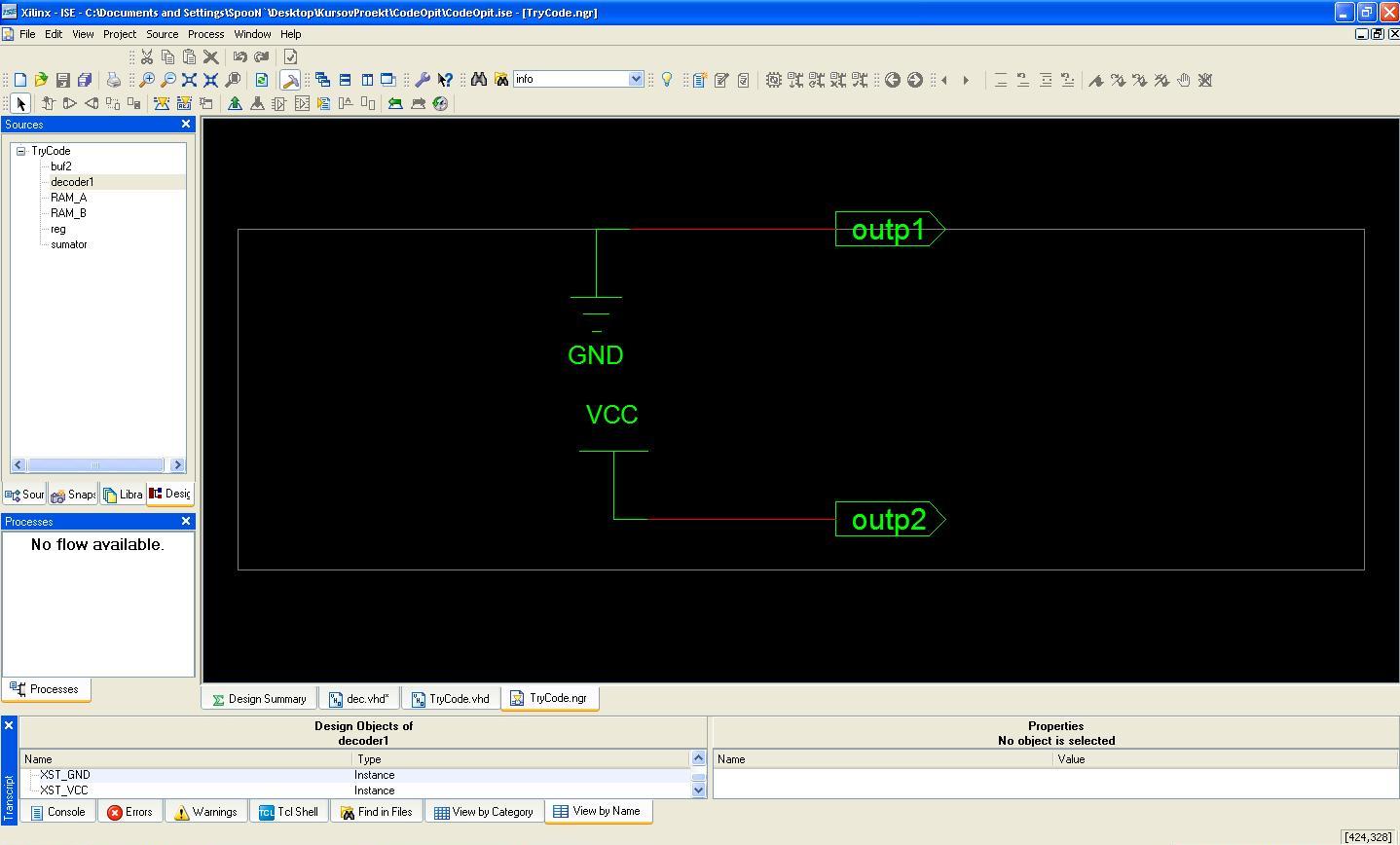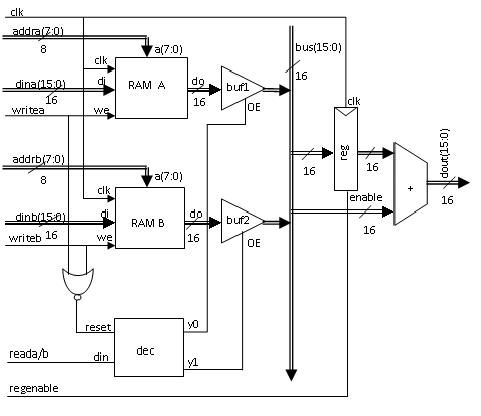CuST0M1z3
Newbie level 6
whats wrong?! ERROR - Enumerated value U is missing in case.
entity dec is
port ( din: in std_logic;
reset: in std_logic;
outp1 : out std_logic;
outp2 : out std_logic);
end dec;
architecture Behav2 of dec is
begin
process(reset,din)
begin
if (reset = '1') then
outp1 <= '0';
outp2 <= '1';
else
case din is
when '0' => outp1 <= '0';
when '1' => outp2 <= '1';
end case;
end if;
end process;
end Behav2;
entity dec is
port ( din: in std_logic;
reset: in std_logic;
outp1 : out std_logic;
outp2 : out std_logic);
end dec;
architecture Behav2 of dec is
begin
process(reset,din)
begin
if (reset = '1') then
outp1 <= '0';
outp2 <= '1';
else
case din is
when '0' => outp1 <= '0';
when '1' => outp2 <= '1';
end case;
end if;
end process;
end Behav2;

